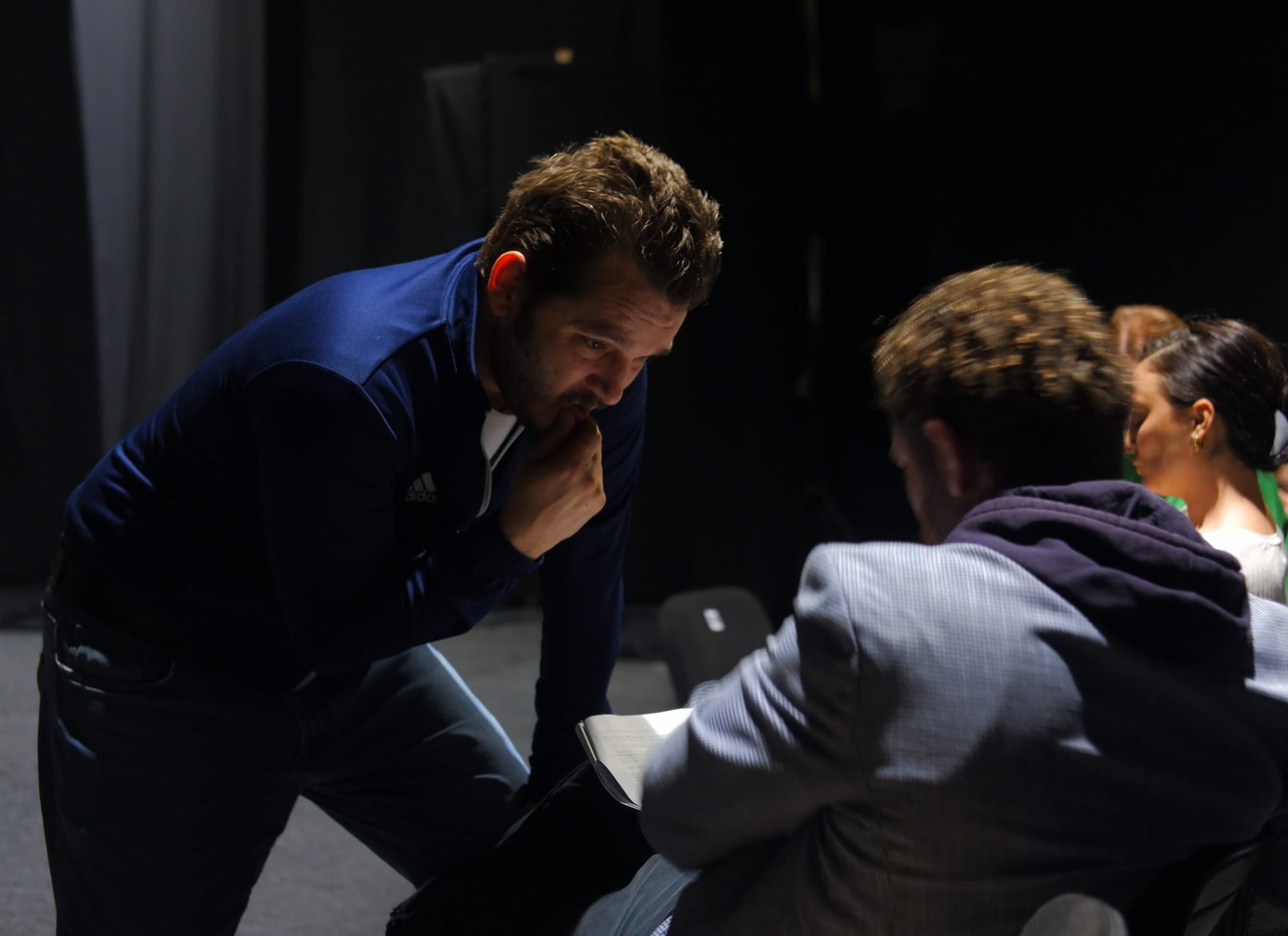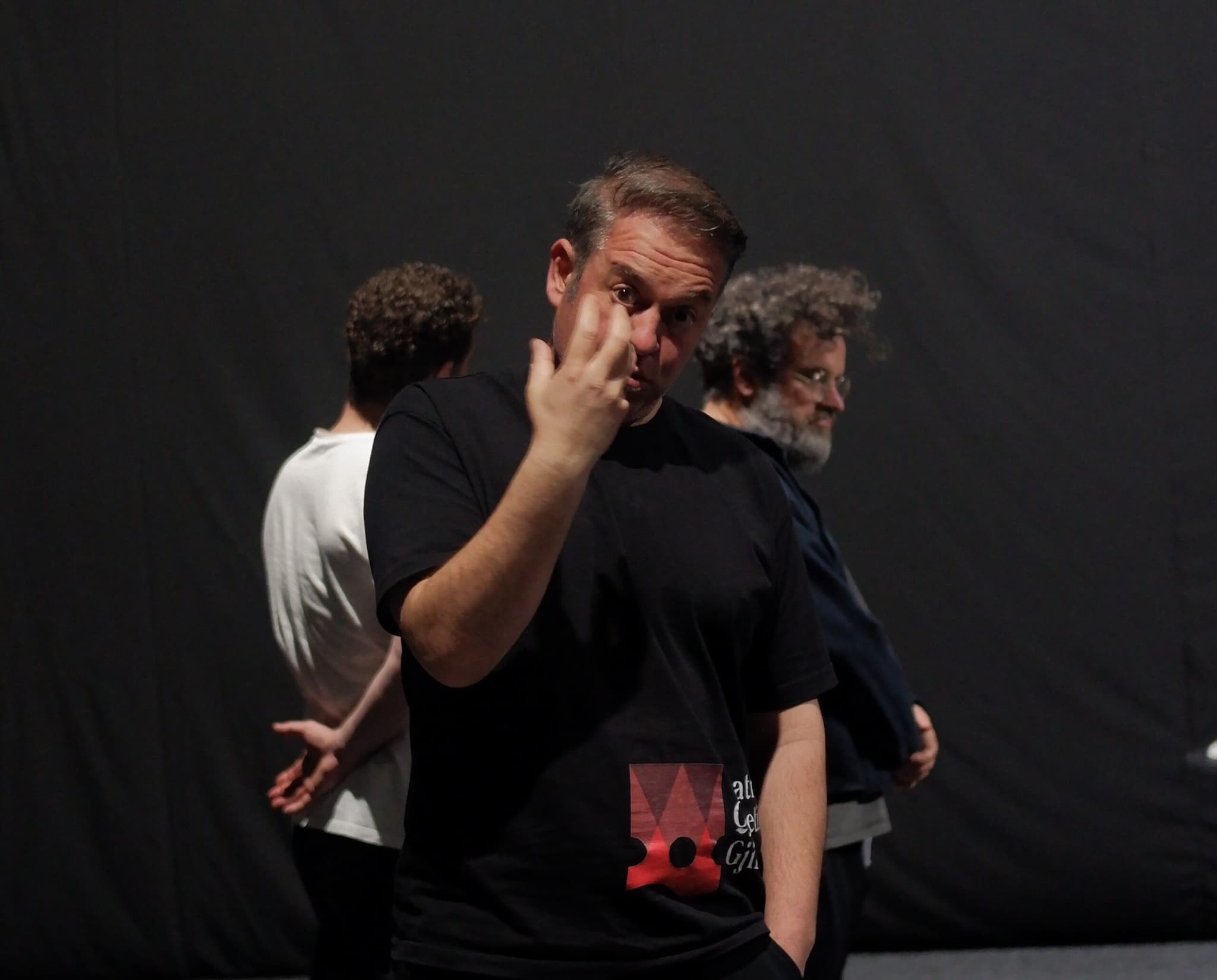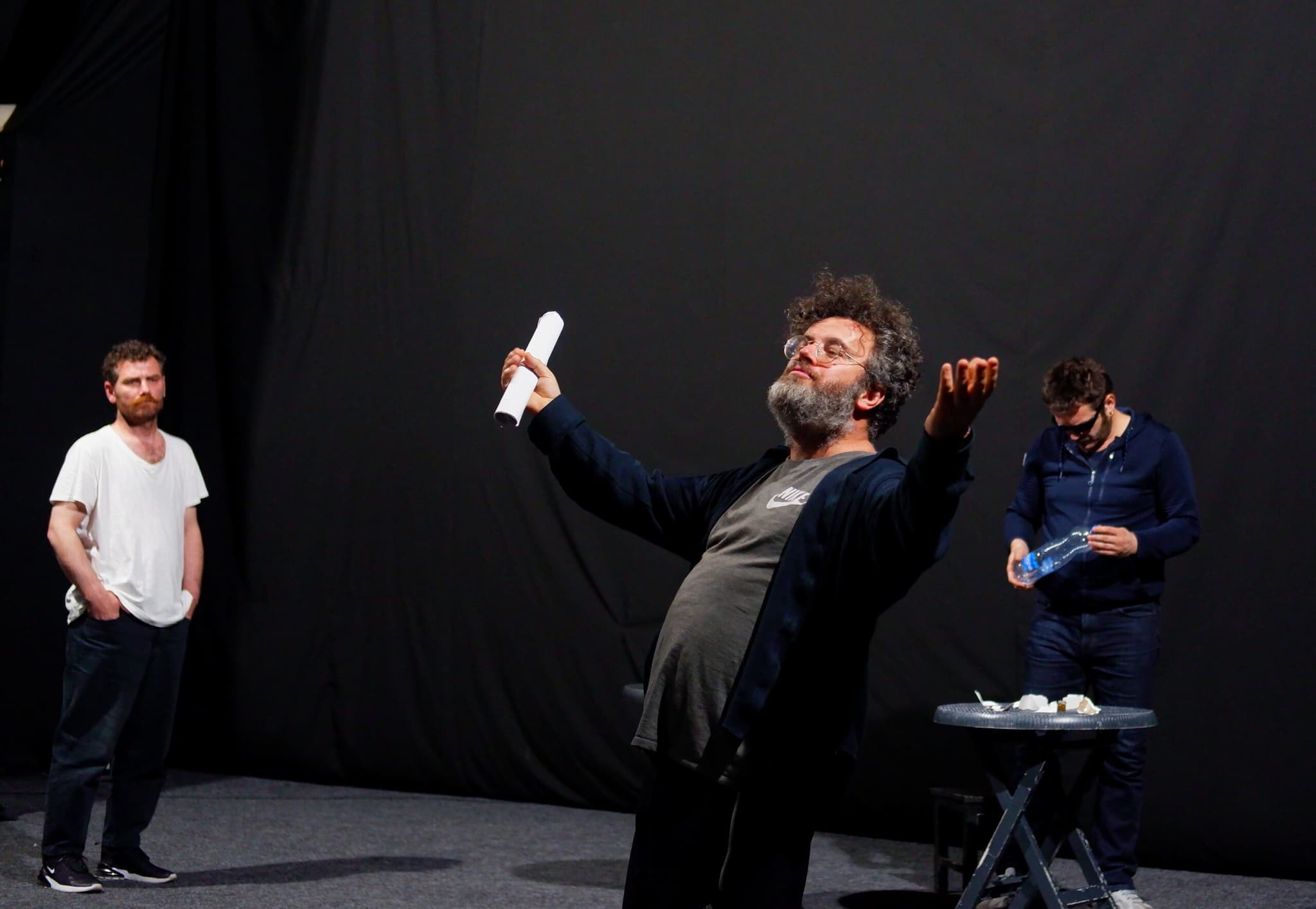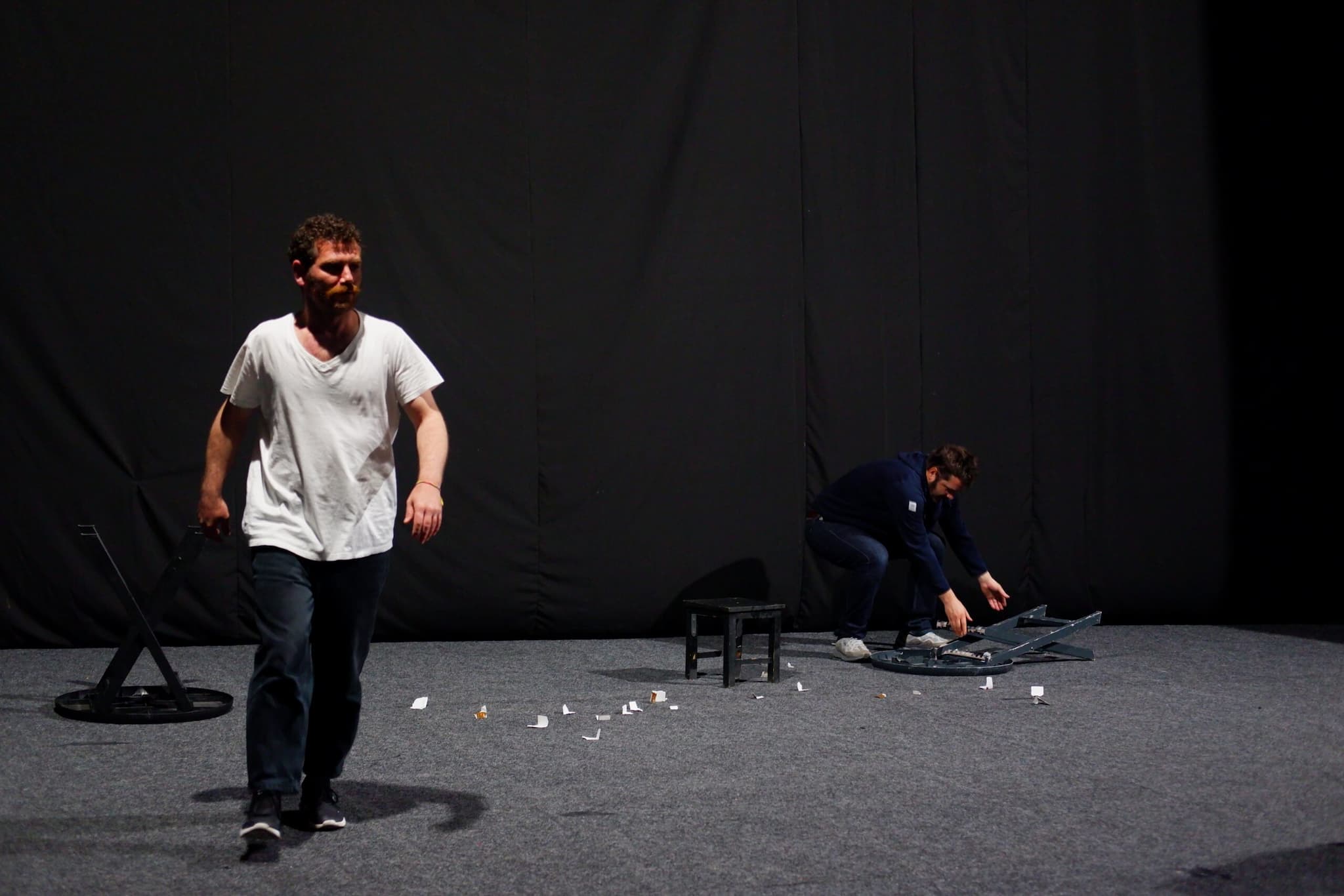
The murder of a dream: Prishtina’s lost vision
How a play exposes the cost of corruption and concrete.
|2025.05.16
|





Agron Demi
Agron Demi is a civil society activist and the founder and executive director of the Atlas Institute.
DISCLAIMERThe views of the writer do not necessarily reflect the views of Kosovo 2.0.
This story was originally written in Albanian.
Want to support our journalism? Join "HIVE" or consider a donation.